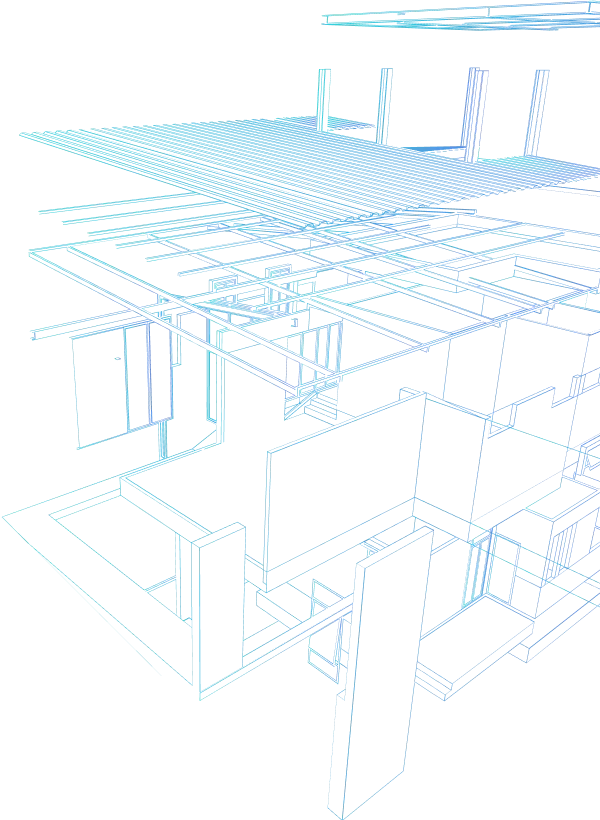For Bryan VantHof, a veteran real estate agent with RE/MAX Advantage Plus in Minnetonka, Minnesota, recent industry changes have created new opportunities for meaningful client conversations...
Why Serial Entrepreneur Randy Marsden Left Apple and Nike to Bet Big on Augmented Reality




Imagine walking down a tree-lined street in a neighborhood you’re considering. You hold up your phone, and suddenly the world expands with information. Floating above a charming colonial is a glowing digital beacon. A tap reveals not just the listing price, but the property’s history, recent renovations, and comparable sales nearby. Another beacon hovers above the local elementary school, showing ratings and catchment boundaries. A third indicates the walking path to the nearest park.
This isn’t science fiction – it’s the reality that Randy Marsden, founder and CEO of Skidattl, is bringing to the real estate industry through an augmented reality platform that places digital information directly into the physical world.
“We’re hyperlinking the real world,” explains Marsden. “It’s about using technology to get people off their screens and back into physical spaces – but with all the information they need floating right before their eyes.”
From Apple to AR: A Serial Entrepreneur’s Journey


Marsden is no stranger to breakthrough technology. With a background that includes senior roles at both Apple and Nike, he’s a three-time finalist in TechCrunch’s prestigious startup competition and has a track record of creating technologies that make complex systems more accessible.
“I’ve always been an entrepreneur,” explains Marsden. “I started my first company while in university studying electrical engineering and built a company that helped people with disabilities.”
One of his most notable ventures was Swype, a text entry method used by billions of people worldwide. “Swype was invented for people who couldn’t use their hands. They were using their head to move the cursor on the computer, and we invented it so they could type faster by moving their head through letters on an on-screen keyboard. Of course, that ended up helping everyone.”
Apple eventually acquired one of Marsden’s companies, where he ran the text input group for five years before leading the COVID-19 exposure notification project – the system that warned users if they had been near someone who tested positive.
Democratizing Augmented Reality
Skidattl represents Marsden’s vision for making augmented reality accessible to everyone – not just developers and tech companies. The platform allows users to create virtual markers called “beacons” that appear in specific geographic locations when viewed through a smartphone camera.
“I feel like augmented reality got faked out a little bit early on. There was Pokemon Go, there was Snap – they were very game-oriented uses of augmented reality,” Marsden observes. “The world was missing that you could just use it as an augmentation of the real world, not bringing you into some different reality and not so gimmicky.”


What makes Skidattl different is its simplicity and accessibility. “The big breakthrough is we’ve democratized it. It allows anybody to create these 3D assets or virtual signs in the real world. It’s super easy,” says Marsden.
Reimagining the Real Estate Lawn Sign
For the real estate industry, Skidattl offers a compelling modernization of the traditional lawn sign – bringing back its relevance at a time dominated by online listings.
“In previous generations, most houses were first sold through lawn signs – that’s how people first found out about them. Now people are searching Zillow and moving away from being in the neighborhood, being in front of the house,” Marsden explains.
Here’s how it works: A QR code placed on a lawn sign can be scanned by potential buyers, immediately launching a lightweight version of the Skidattl app without requiring a full download. Scanning reveals virtual beacons floating above the property that can be tapped for additional information.
“For real estate, you can create a series of beacons showing what the neighbor’s house sold for, where the schools are, if there’s a park nearby,” says Marsden. “You’re not viewing this on Zillow on your couch. You’re actually in the neighborhood, looking around. It’s a very visceral experience, and that makes a big difference.”
The Agent Advantage
Legacy Real Estate in Arizona, which sold 700 houses last year, is already implementing Skidattl’s technology. For agents, one key benefit is lead generation.
“Realtors love that they can gather contact information,” Marsden notes. “When potential buyers call the phone number on a traditional sign, it goes into a calling pool and agents don’t get that contact if they’re the listing agent. With Skidattl, the flow shows potential buyers what we can offer them and encourages them to provide their contact information to get more info.”
The Future: AI-Generated Beacons


What’s particularly exciting on Skidattl’s roadmap is the integration of artificial intelligence to automate beacon creation.
“Right now creating those beacons is a manual process. It takes two to five minutes to make each one,” Marsden reveals. “But we’re creating an artificial intelligence agent where all you have to do is type the address or URL of your listing, and it will use large language models to pull in all the information about that house and neighborhood, automatically creating those beacons for the realtor. They’ll just type in their URL and a few seconds later, boom – there’s all the beacons.”
Taking this further, Marsden envisions a future where consumers could simply walk through neighborhoods and access initial property information through Skidattl as a self-serve discovery tool before connecting with the relevant agent: “You could just launch the Skidattl real estate subscription, and it automatically shows you information about any house. It becomes this ubiquitous companion where if you just want to know something about the world, just hold up your phone and you’ll see it. Then when you’re ready to learn more, you’re connected directly with the right agent.”
The Coming AR Evolution
Industry research supports Marsden’s vision. Publications specializing in the sign-making industry have identified augmented reality as “a thing of the future for signs,” while multiple studies show significant growth in proximity marketing, digital out-of-home advertising, and location-based services.
“In 10 years, this will be part of our everyday lives,” predicts Marsden, pointing to the eventual adoption of AR glasses. “Smart glasses are taking longer than everybody hopes, but they’re making progress. They’re going to replace smartphones as our primary human-computer interface device. When that happens, all you’ll need to do is tap your glasses, look around, and you’ll see these overlays.”
Disrupting the MLS Paradigm?
The potential impact on real estate data ecosystems could be significant. The fragmented nature of Multiple Listing Services (over 500 in the US alone) creates opportunities for technologies that can bypass traditional gatekeepers.
With some luxury agents reportedly “tired of sending $100,000 checks to Zillow” for leads, platforms that enable direct consumer-to-agent connections could fundamentally change how properties are marketed and discovered.
“It feels very much like a taxi/Uber kind of situation,” Marsden observes about the current MLS system. “MLSs have been around for decades and are the old way of doing things; there are many disparate systems that are intentionally set up to restrict access. Like Uber, Skidattl provides a new, technology-based solution that is a much more convenient way of accessing this information in the real world.”
The Next Human-Computer Interface Paradigm
For Marsden, Skidattl represents more than just a marketing tool – it’s part of a fundamental shift in how we interact with information.
“I left both Apple and Nike to do this because I think this is the next human-computer interface paradigm,” Marsden emphasizes. “Reid Hoffman, founder of LinkedIn, just posted about spatial computing and augmented reality as ‘the new superhuman power.’ Niantic just sold off Pokemon Go to focus exclusively on spatial computing. This is the emerging frontier.”
As real estate professionals continue searching for competitive edges and new ways to engage tech-savvy clients, Skidattl’s approach to augmented reality offers an intriguing blend of innovation and simplicity – one that might redefine how property discovery happens in the physical world where transactions ultimately take place.
Similar Articles
Explore similar articles from Our Team of Experts.


The world’s top real estate professionals are fundamentally changing how prime properties change hands. REALM, an invitation-only platform, has quietly become the most exclusive networ...


“I cried every single day for my first two years in real estate,” confesses Shelton Wilder, CEO of The Shelton Wilder Group. This candid admission might surprise those familiar w...


In the dynamic landscape of South Florida real estate, few stories embody the region’s transformative potential quite like that of Fabio Faerman, CEO of FA Commercial, the commercial t...


When the Manoucheri brothers decided to expand their family’s real estate empire from California to Florida, they executed a carefully planned evolution of their multi-generational suc...




